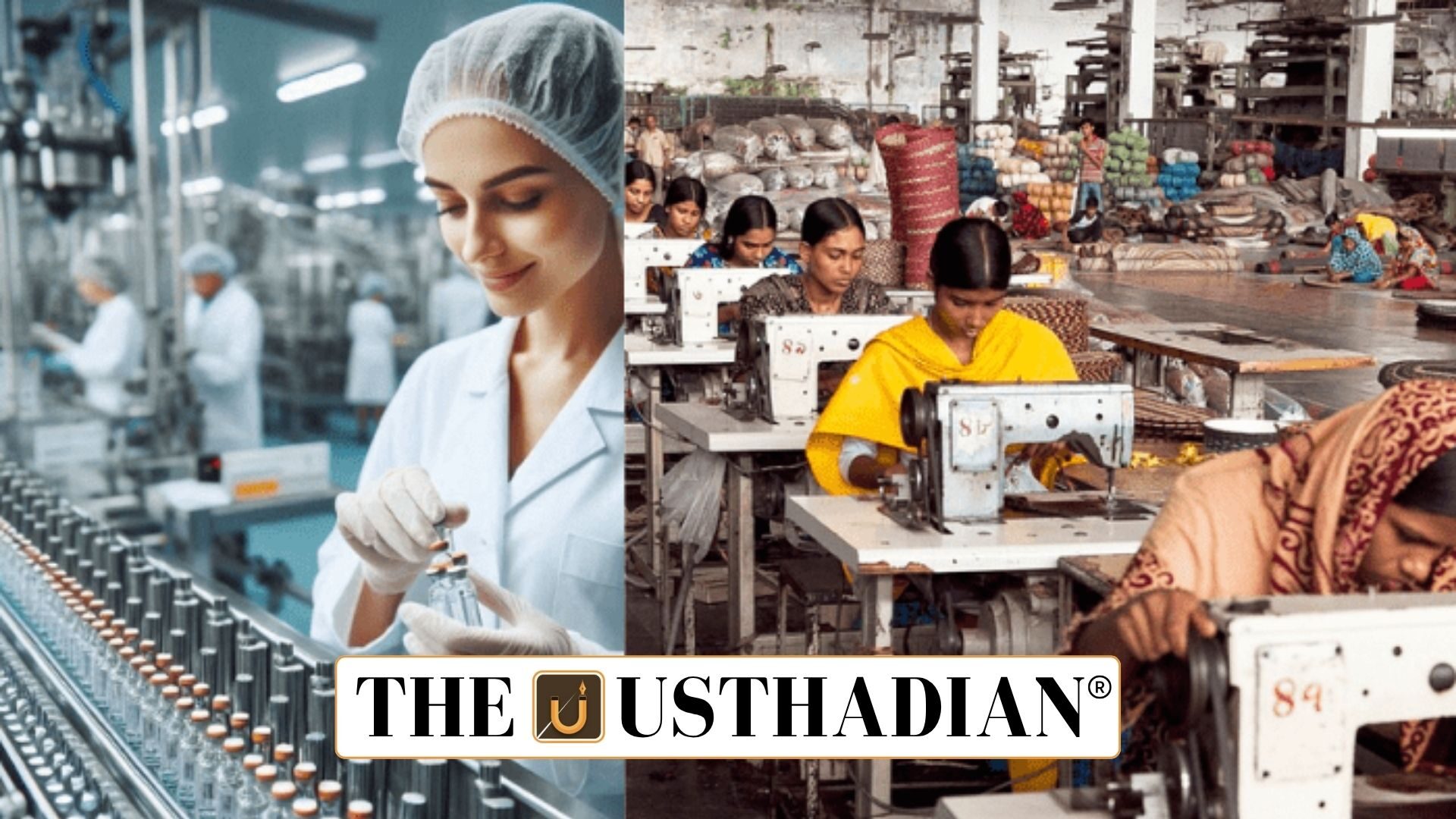Rapid Growth in Female Participation
Rise of India’s Female Workforce in 2023–24: India’s female workforce participation has shown an impressive surge, reflecting major progress in gender inclusion and national development. The Female Labour Force Participation Rate (FLFPR) increased from 23% in 2017–18 to 42% in 2023–24, according to the Ministry of Labour and Employment. This 19-percentage-point jump marks one of the fastest increases among BRICS nations.
Static GK fact: The World Bank monitors global labour participation trends under its “World Development Indicators” database.
Transforming India’s Labour Landscape
This remarkable growth highlights a structural shift in India’s employment dynamics. The surge has been supported by improvements in education access, digital inclusion, and a rise in service sector opportunities. The flexibility of work-from-home models post-pandemic also enabled more women, especially from rural and semi-urban areas, to join the workforce.
Static GK tip: The female participation rate is a key component in calculating a country’s Gender Gap Index, published annually by the World Economic Forum.
Policy Reforms Driving the Change
The government has rolled out multiple initiatives to empower women in employment. These include:
- 730 days of Child Care Leave (CCL) for female government employees
- 180 days of paid maternity leave ensuring job continuity and maternal health
- Exam fee exemptions for women in government recruitment
- Co-location of spouses in the same posting location
- Workplace wellness and psychosocial support programmes
These measures have made government and formal sector jobs more attractive and secure for women.
Skilling and Entrepreneurship Initiatives
Skill-building has been central to India’s labour transformation. Through the Skill India Mission, ministries have expanded programs that focus on female trainees, particularly in STEM and entrepreneurship. Initiatives like Digital India and Startup India have enhanced digital literacy and created new business opportunities for women-led startups.
Static GK fact: The Skill India Mission was launched in 2015 under the Ministry of Skill Development and Entrepreneurship (MSDE).
Safety and Support Systems
Ensuring safety for working women remains a government priority. The establishment of One Stop Centres (OSCs) across all states provides medical aid, legal support, counselling, and temporary shelter for women facing violence or harassment. These integrated centres strengthen trust and encourage greater workforce participation.
Static GK tip: The One Stop Centre Scheme was launched in 2015 under the Ministry of Women and Child Development.
Towards Viksit Bharat 2047
A robust and inclusive workforce is central to achieving Viksit Bharat 2047, India’s vision for a developed nation. Women’s participation is not only enhancing productivity but also reshaping India’s socio-economic narrative toward equality and resilience.
Static Usthadian Current Affairs Table
Rise of India’s Female Workforce in 2023–24:
| Topic | Detail |
| Female Labour Force Participation Rate (FLFPR) | Rose from 23% in 2017–18 to 42% in 2023–24 |
| Leading Organisation | Ministry of Labour and Employment |
| Key Global Comparison | India leads among BRICS nations in women’s participation growth |
| Major Initiatives | Skill India Mission, One Stop Centres, Digital India, Startup India |
| Women-Centric Policies | 730 days CCL, 180 days maternity leave, spouse co-location, exam fee waivers |
| Support Infrastructure | Workplace wellness and psychosocial support programmes |
| Safety Scheme | One Stop Centre Scheme (2015) |
| Goal Alignment | Linked to Viksit Bharat 2047 vision |
| Data Source | World Bank, Periodic Labour Force Survey (PLFS) |
| Focus Sectors | Service sector, STEM, entrepreneurship, digital economy |








